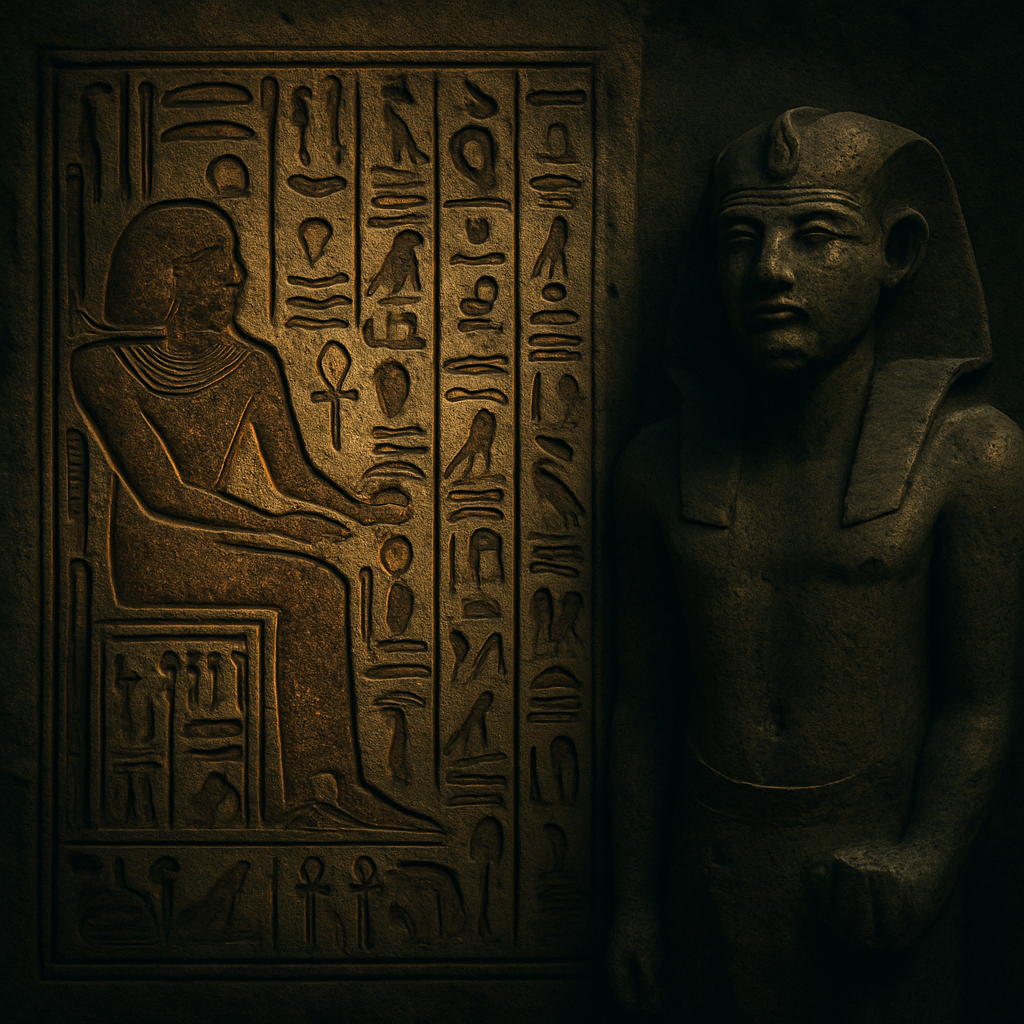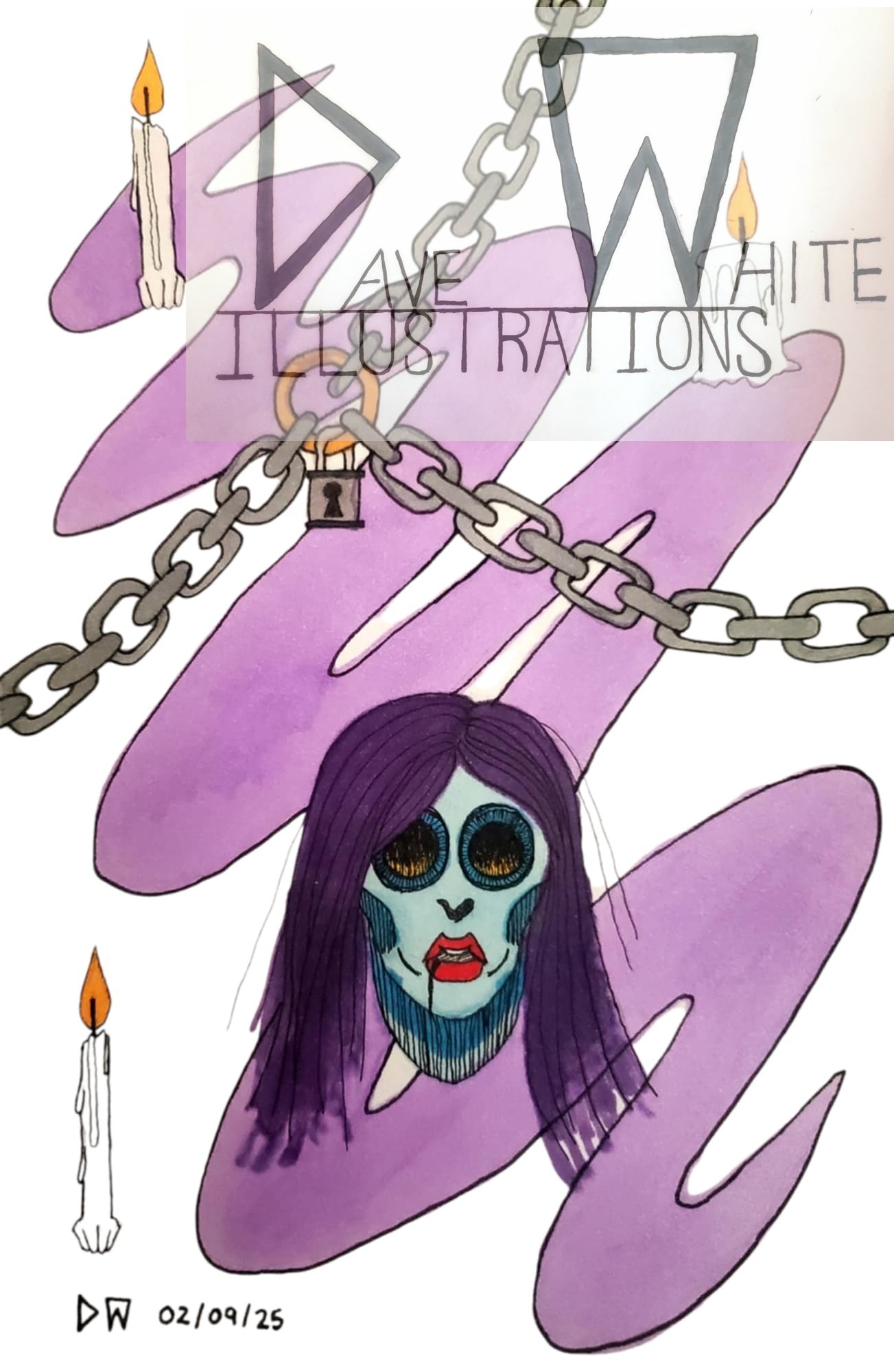Pseudo-Science are theories, beliefs, and practices that are based on written content rather than observation and experimentation. It is not based on facts and does not have any real evidence that can be used to justify it and get it excepted into the scientifical community. This kind of science can be very dangerous in the court room due to many reasons. The most important reason is, because it can influence the court room jurors. Having influenced jurors makes all the difference in the court case. If the jurors do believe the pseudo-science they can vote the defendant as not guilty, resulting in the suspect to get away with the crime they have committed. What could be considered as pseudo-science? Well, astrology, global warming, and UFOs are all pseudo-science. But the hardest to pseudoscience to understand and grasp is faith.
Basically, faith is a religious feeling. It means that someone has a strong belief in God and in the principles of religion. People believe that if they have a strong sense of faith in something or in someone anything could be possible. Faith as a pseudoscience is basically the same thing: its just faith being used in science. It is something nearly impossible to prove in the scientifical world, because faith is “invisible.” It really is just a feeling that if you say that you have it people automatically have to accept that you do.
In the scientifical community, everything must be proven over and over again to gain acceptance. But how do you gain acceptance? By following the steps scientific method, this has been used for hundreds of years. The first step of the method is defining the problem, which in our case is faith. Here you would explain what is being studied and tested and why. The next step is making careful observations and measurements; we do this so we can have data to back up or theories and hypothesis. The third step is to form a hypothesis, which really means a proposed explanation of something. The fourth step is to make predictions about what you think would happen during the test of your hypothesis. The fifth is to test your hypothesis, and after to reform your hypothesis to fit the outcomes of your tests. And the seventh step is to redo all the steps. This is the most important step, because this is what scientist use to make sure you results are continuous and not a one time thing.
If something is a pseudoscience that means it wasn’t accepted into the scientific community. Faith failed to be considered as acceptable, because it cannot be proven to be real. It was all to out of this world. Faith is just as hard to prove as to prove there really is a God. Faith failed to even go through the scientific method. It failed at step five, six and seven. It isn’t testable, and it’s hard to prove something in the science world without physical evidence.
The Frye and Daubert cases helped provide the court with the necessary knowledge to decide what science is acceptable in court and that that isn’t. The Frye case determined what was allowed in the court if science was involved. The court decided that if science was brought in it must “gain general acceptance in the particular field in which it belongs.” The Daubert case really specified that statement made above. The Daubert case stated that the trial Judge must determine if the “experts testimony is reliable and relevant to the case and determines if it admissible in their court.”
Faith isn’t a good defense in court in the eyes of the Judge and Lawyers, but it can influence the jury if they too believe in faith. It doesn’t hold any merit to it, if someone is going to play the Faith Card in court they must be hoping that they have a religious jury in the courtroom. Faith should not be used a testimony in court, because it doesn’t have any science to back it up. It isn’t accepted in the science community, only in the religious community. We don’t live in the Middle Ages anymore, we can’t combine justice and religion.





Leave a Reply